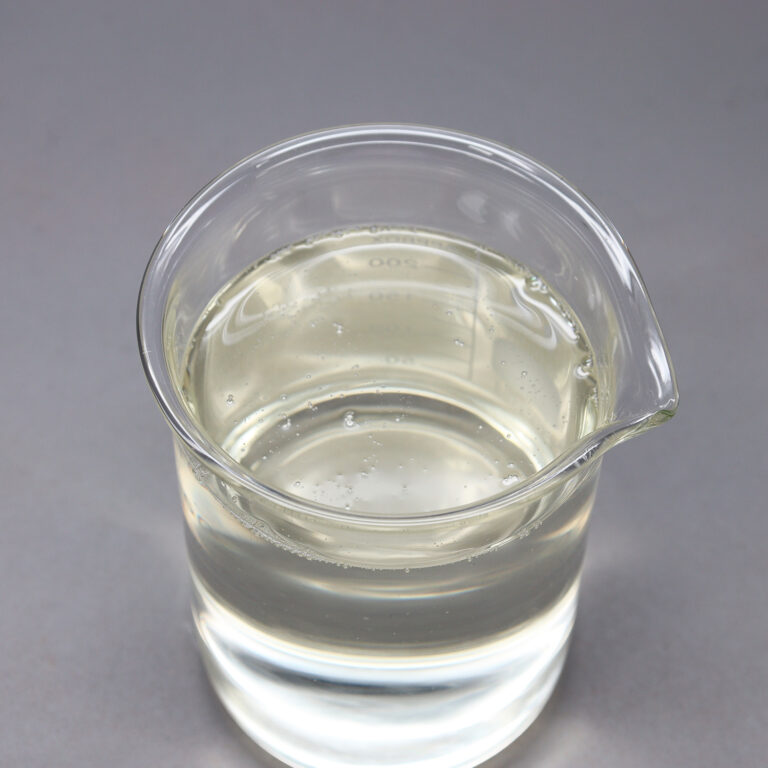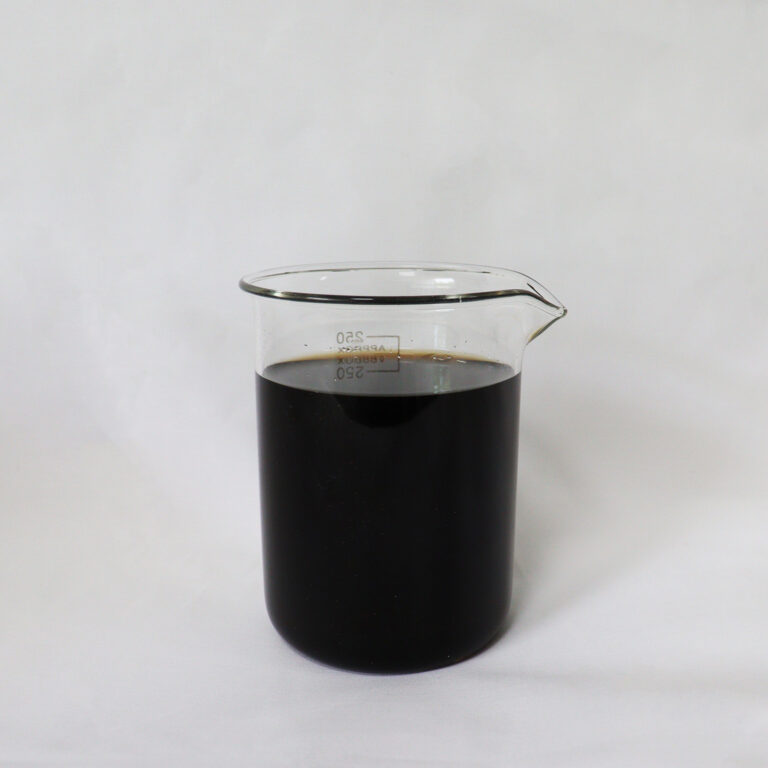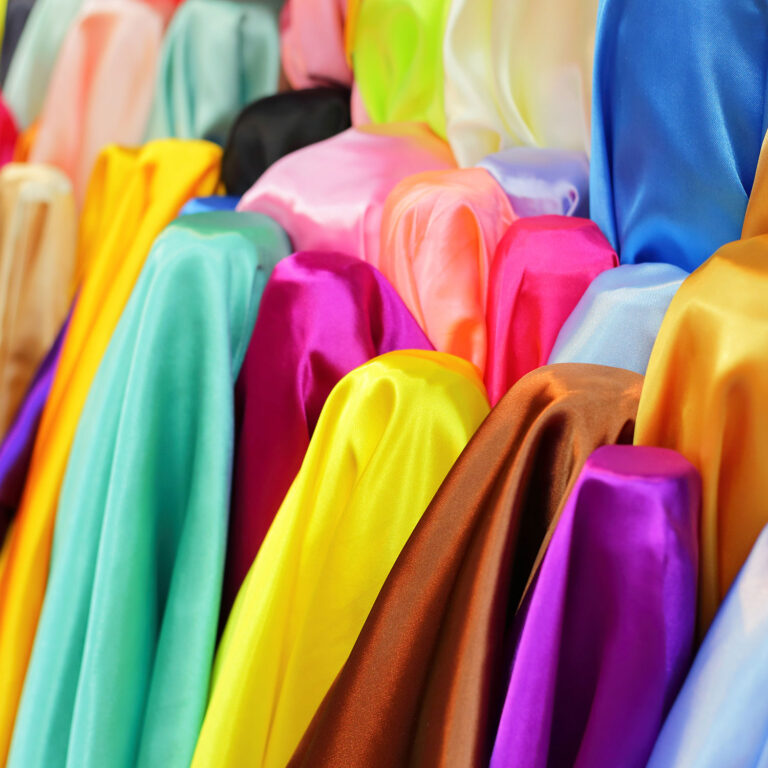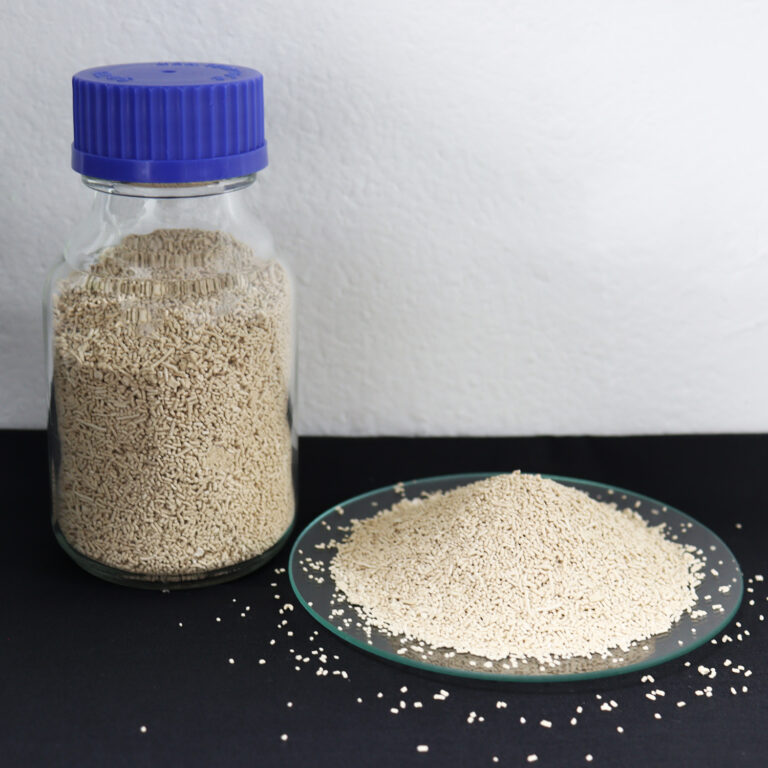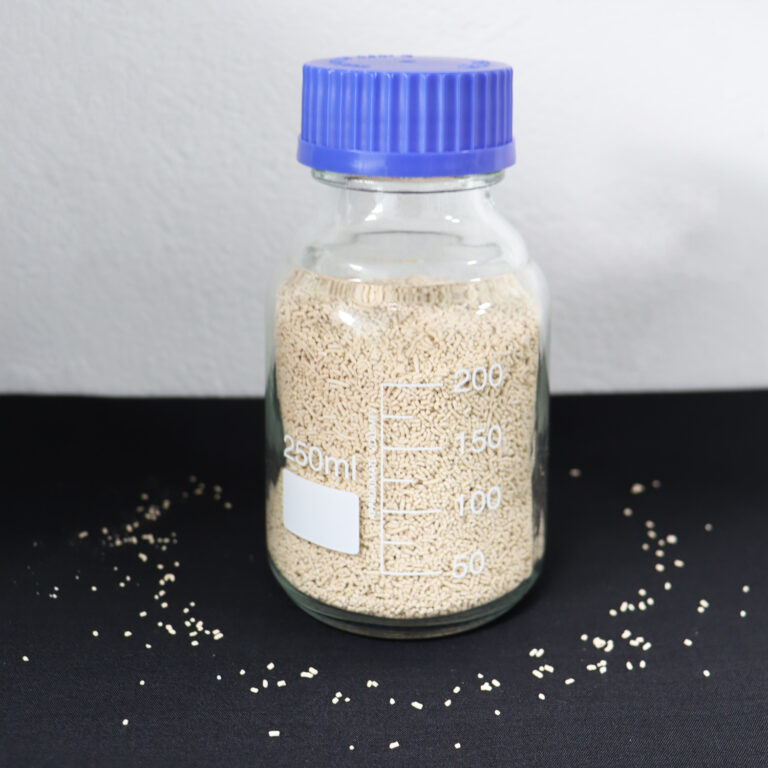As global awareness of environmental responsibility grows, the textile industry is under increasing pressure to adopt greener alternatives—without sacrificing product quality or performance. One such shift is toward eco-friendly silicone fabric softeners, designed to meet modern sustainability standards while still delivering the softness and smoothness that customers expect.
But are these green textile softeners truly worth the switch for manufacturers and importers? Let’s break it down.
What Makes a Silicone Fabric Softener “Eco-Friendly”?
A traditional silicone softener enhances the feel and texture of fabrics, but not all are created equal in terms of environmental impact. An eco-friendly silicone fabric softener typically meets the following criteria:
- Formaldehyde-free
- APEO-free (Alkylphenol ethoxylates)
- Low-VOC or VOC-free
- Biodegradable or partially biodegradable
- Safe for skin contact and hypoallergenic
- Compliant with international certifications like OEKO-TEX® Standard 100, REACH, and GOTS
These attributes not only ensure safety for end-users but also contribute to a more sustainable textile production chain.
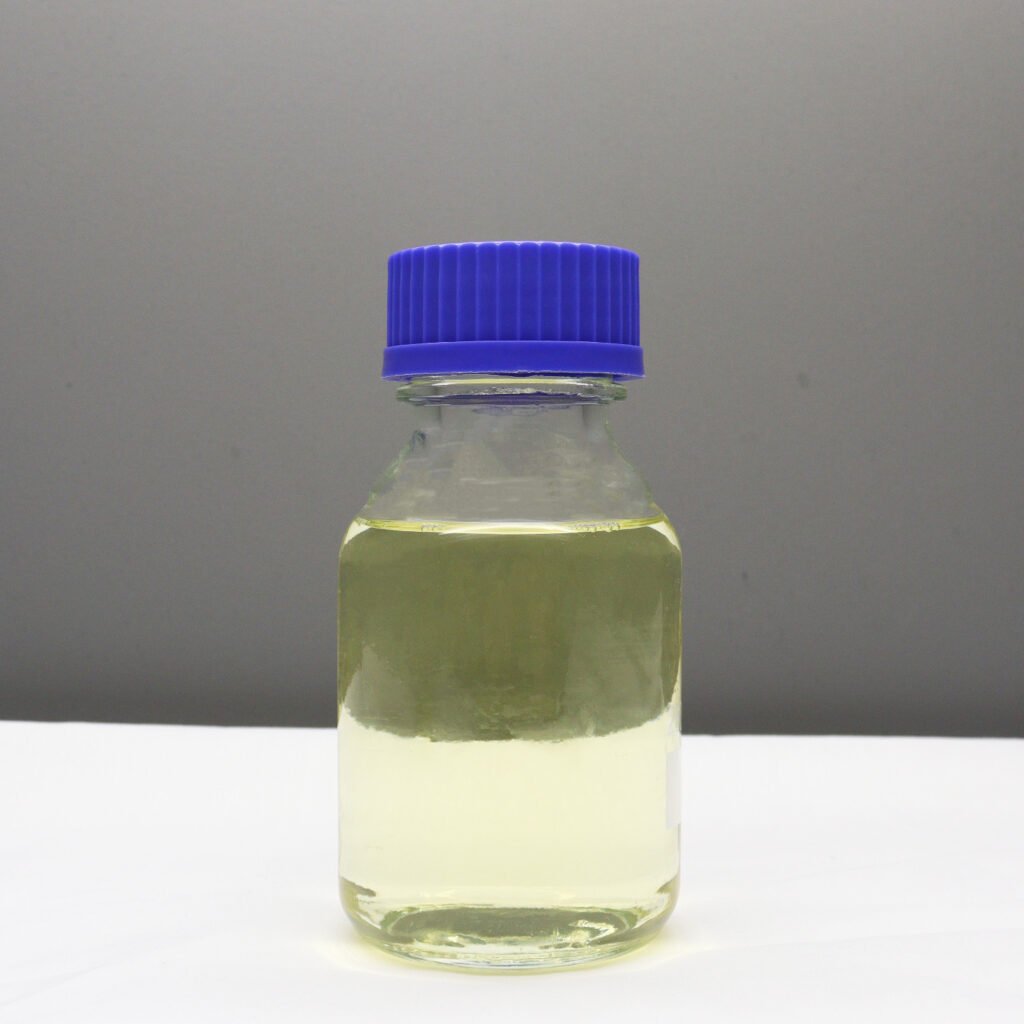

Why More Importers Are Requesting Sustainable Fabric Softeners
The rise of eco-conscious consumers has triggered changes in the global supply chain. Importers and private-label brands now favor suppliers that offer sustainable textile finishing options, including non-toxic fabric softening agents. Key reasons include:
- Stronger brand image: Eco-conscious buyers prefer textiles treated with clean, green chemicals.
- Regulatory compliance: Many countries are tightening chemical import regulations, especially in the EU and North America.
- Safer working conditions: Eco-friendly softeners often reduce toxic exposure during manufacturing.
- Reduced environmental impact: These formulations degrade more easily and don’t harm aquatic ecosystems when washed.
Performance Comparison: Traditional vs. Eco-Friendly Silicone Softeners
| Feature | Traditional Silicone Softener | Eco-Friendly Silicone Softener |
|---|---|---|
| Softness | Excellent | Excellent to very good |
| Hand Feel | Smooth, silky | Smooth, natural, breathable |
| Durability (after wash) | High | Moderate to high |
| Environmental Impact | May contain toxic chemicals | Biodegradable, low toxicity |
| Compatibility with certifications | Limited | High (REACH, OEKO-TEX®, etc.) |
| Cost per kg | Lower | Slightly higher (but dropping) |
While eco-friendly softeners may have a slightly higher initial cost, the long-term benefits—better brand reputation, compliance, and customer satisfaction—can far outweigh the price difference.
Common Applications for Eco-Friendly Softeners
Eco-conscious softening agents are now widely used in:
- Baby clothes and children’s wear
- Athletic and yoga apparel
- Towels and bathrobes
- Bed linens and home textiles
- Organic cotton and sustainable fiber blends (e.g., bamboo, hemp)
These products often demand both skin safety and textile softness, making green softeners an ideal solution.
Are Eco-Friendly Silicone Softeners Customizable?
Yes. Leading silicone softener manufacturers in China like Meixin Biotech Co., Ltd. offer custom eco-friendly softener formulations tailored to specific fabrics, application methods, and regional compliance standards. Whether you’re working with cotton, polyester, rayon, or specialty blends, custom solutions can ensure optimal softness, durability, and eco-performance.
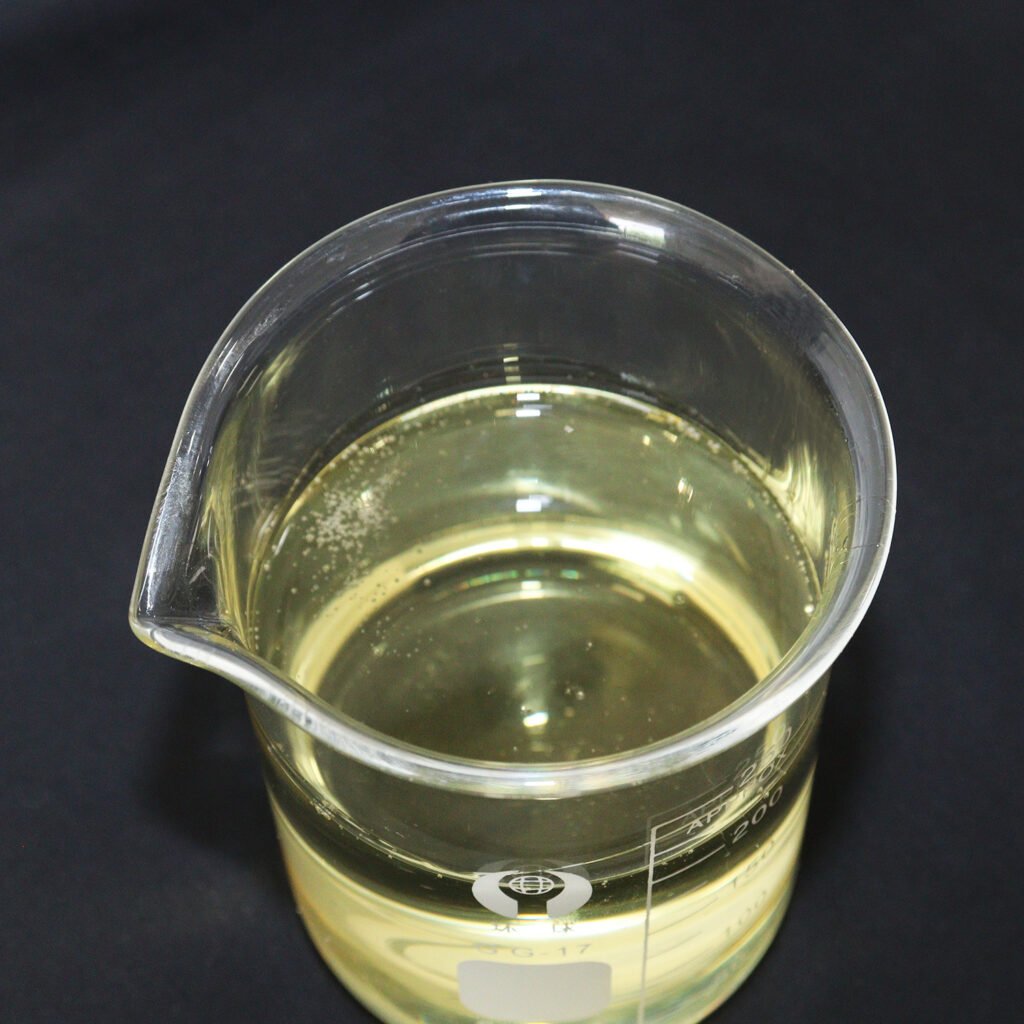

Final Verdict: Are They Worth the Switch?
Absolutely—especially for importers and brands seeking long-term sustainability.
Making the switch to an eco-friendly silicone fabric softener is not just a responsible choice; it’s also a smart business move. As consumer preferences continue to lean toward sustainability and transparency, adopting green textile chemicals today can help you stay ahead of tomorrow’s regulations and market trends.
Ready to Upgrade Your Fabric Finishing?
Meixin Biotech Co., Ltd. specializes in high-performance, environmentally responsible silicone softeners for textile applications. Whether you’re looking for standard eco-friendly softeners or a customized solution for your brand, we’re here to help.
Contact us today for samples and technical consultation.
Email: connie.huang@meixinbiotech.com
Softening Auxiliaries Articles
How Fabric Softener Flakes Improve Hand Feel in Garment Finishing
Silicone Softener Beads vs. Emulsions: Pros and Cons for Textile Finishing
Softergent Flakes vs. Liquid Softeners: Which Should You Use?
Top 5 Applications of Silicone-Based Softeners in Modern Textile Processing
How Silicone Softening Beads Improve Fabric Feel and Process Efficiency
Silicone Fabric Softener vs. Traditional Softeners: Which Is Better?
What Is a Silicone Softener for Textiles? Benefits, Types & Applications
Understanding Fabric Softener Flakes: Types, Usage & Key Advantages
Does Silicone Softener Affect Color Fastness? Application Tips for Garment Dyeing
How to Apply Silicone Fabric Softeners in Dyeing & Finishing Processes
Where to Buy High-Quality Silicone Softener for Textiles (2025 Guide)
How to Choose the Right Silicone Fabric Softener for Cotton, Polyester & Blends
Top Exporters & Manufacturers of Silicone Softening Beads in China
Understanding Fabric Softener Flakes and Their Role in Textile Care
Is Bead-Type Softener Suitable for Export? 5 Key Questions + Packaging, Storage & Transport Tips
5 Key Questions to Ask Before Buying Silicone Softeners for Garment Production
How High-Concentration Softeners Help Garment Factories Reduce Production Costs
Bead vs. Liquid Silicone Softeners: Which Is Better for Mass Fabric Processing?
Eco-Friendly Silicone Fabric Softeners: Are They Worth the Switch?
FAQs About Silicone Softener for Textiles: Everything Importers Need to Know


